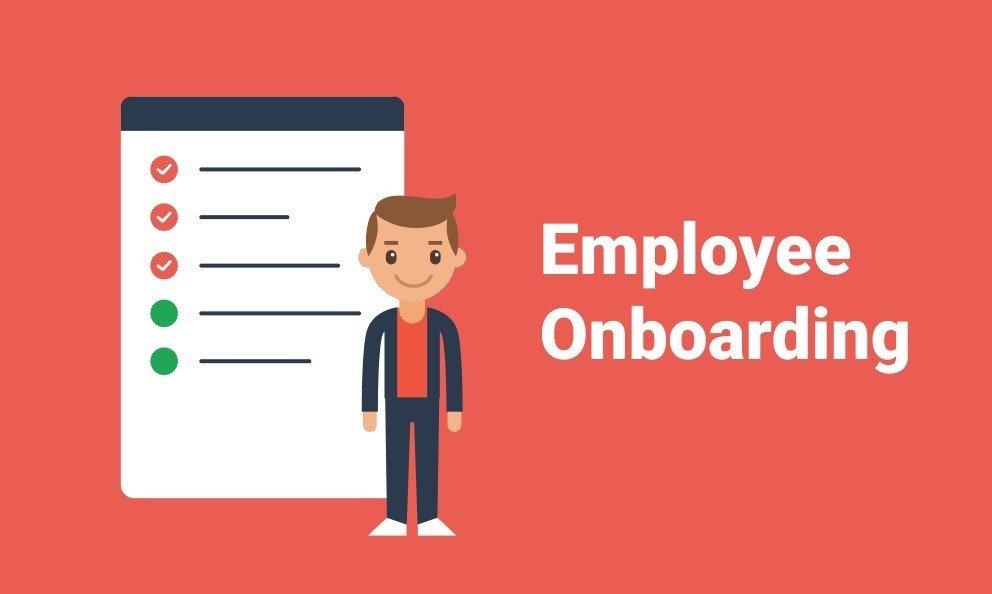You should establish a connection with someone as soon as they accept a position with your organization. And you can accomplish it with the onboarding tools available today.
The acceleration of digitalization in recent years has given businesses the ability to take control of their onboarding procedure.
What Makes Employee Onboarding Crucial?
Before moving on to the significance of onboarding, let us ask this question: What is Onboarding? The time between when a job candidate gets a job offer and reports on their first day of employment and while they settle into their new role is called onboarding. In Gallup’s onboarding survey, it can take as long as a year for workers to really get settled.
Logistics and completing new recruit paperwork, such as choosing health insurance coverage and providing tax information, are only a small part of onboarding. It is the process by which a new hire integrates into the organization, the culture, and their position.
40% of employees are considering leaving their current employer and joining another one. Additionally, 20% of new recruits leave within the first forty-five days.
The cost per hire now is approximately $4,700. You will spend more on hiring and recruitment if your organization has a greater turnover rate.
Businesses with a systematic, structured onboarding approach can increase new hire retention by 50%.
What Is Employee Onboarding Software?
One technological advancement that makes the onboarding process for new hires more efficient is employee onboarding software. Consider it an electronic on-ramp. However, the essential onboarding technologies for new hires are capable of far more than just digitizing documents. Some are larger platforms that cover the entire employee lifetime, promote communication, monitor output, provide training, and provide access to scheduling and payment. Here are some examples of the capabilities of a more powerful onboarding tool!
What Qualities Need to Be Considered?
A rising component of HR’s technological stack is employee onboarding software. But not all onboarding tools are the same. To maximize your onboarding software, you should look for the following features.
Mobile-First Eighty percent of the world’s workforce is sent to the front lines. They are in manufacturing, healthcare, retail, hospitality, and construction. In reality, very little part of the economy does not rely in some form on frontline workers. Any onboarding platform should have mobile users as its top priority. This means that people can take care of all their needs right on their smartphone or other chosen mobile device.
Onboarding Portal A portion of HR technology is broad in nature. Be sure to look for a platform with a specific onboarding gateway. In the employment lifecycle, onboarding is a special time with highly particular needs and procedures. According to Glassdoor, businesses with effective onboarding procedures saw a 70% boost in productivity. Therefore, unless software offers you the greatest benefit, why even invest in it?
Managing Tasks
Employee onboarding involves a lot of moving components, as you are probably aware. Additionally, it’s only half the fight to keep track of which new hire has filled out which form. Making the process simpler is the primary goal of digitization. Therefore, be sure to locate a new hire task management systems such as Controlio that can monitor and oversee your onboarding to-do list for both you and your new hires.
Tools for Integration
Everybody has different tools that they prefer to employ for certain tasks. You can continue using what you know with the correct onboarding software. Instead, look for software that works with the apps you already have.
Management of Knowledge Transfer
An employee’s tenure at your organization, which lasted an average of 4.3 years prior to the epidemic, allows them to accumulate institutional knowledge and create a variety of strategies for working in the most productive and efficient ways possible. However, they run the danger of taking all the information with them when that individual departs. To save new hires from having to start from scratch, that abundance of information must be collected and preserved.
Training materials, employee handbooks, and even how-to films for certain procedures can be stored in the document library of a good onboarding program. Transfer the information to the following generation.
